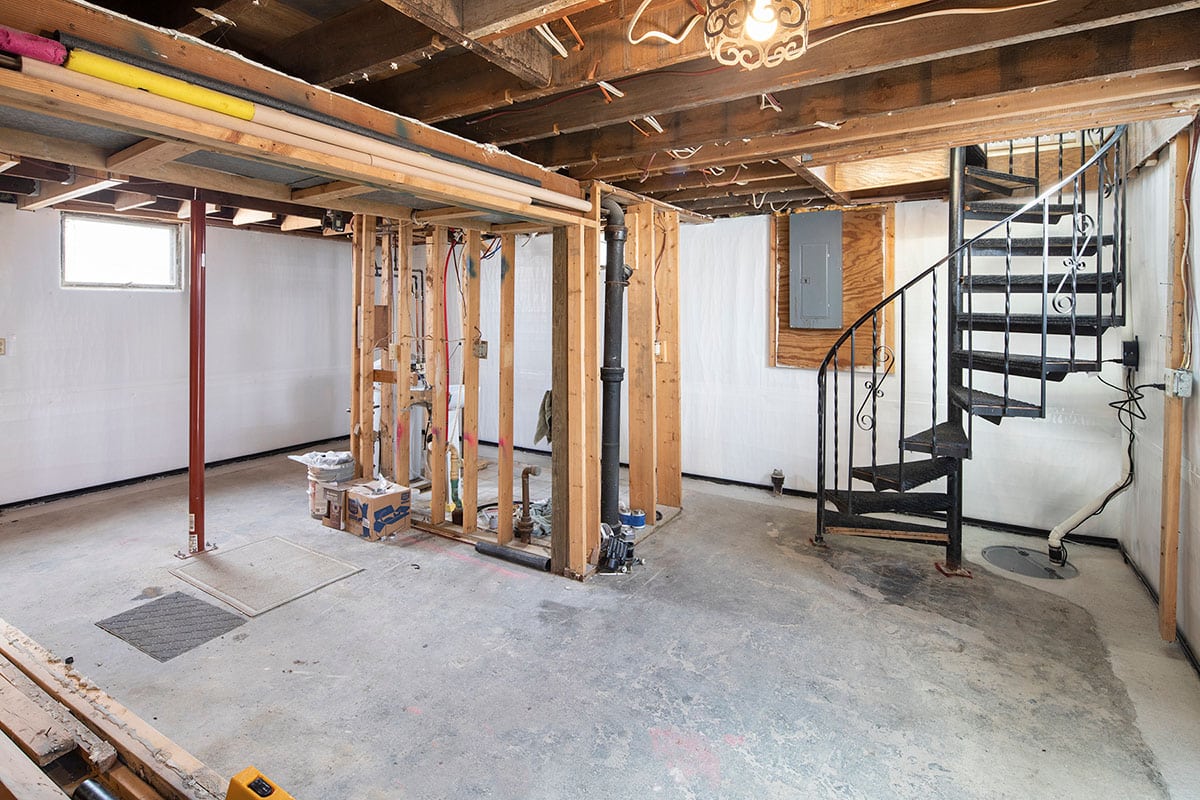

Articles
How To Keep Your Basement Dry
Modified: January 6, 2024
Discover effective methods and practical tips on how to keep your basement dry with our informative articles.
(Many of the links in this article redirect to a specific reviewed product. Your purchase of these products through affiliate links helps to generate commission for Storables.com, at no extra cost. Learn more)
Introduction
A basement can be a valuable and versatile space in any home, whether it’s used for storage, recreation, or additional living areas. However, one of the biggest challenges homeowners face with basements is keeping them dry. Moisture and water infiltration can lead to a host of problems like mold growth, foundation damage, and a musty smell.
Understanding and addressing the causes of basement moisture is crucial to maintaining a dry and healthy living space. In this article, we will explore common causes of basement moisture and provide practical tips on how to keep your basement dry.
By implementing these preventive measures, you can protect your investment and increase the usable space in your home. So, let’s dive in and discover how to keep your basement dry!
Key Takeaways:
- A dry basement is crucial for a healthy home, preventing mold, protecting the foundation, preserving property value, and expanding living space possibilities. Addressing common causes of moisture and implementing preventive measures is essential for maintaining a dry and usable basement.
- Regular maintenance, prompt repairs, and proactive measures such as assessing foundation cracks, waterproofing exterior walls, installing proper drainage systems, improving ventilation, managing humidity levels, and maintaining gutters and downspouts are key to keeping your basement dry and ensuring a safe and comfortable living space.
Understanding the Importance of a Dry Basement
A dry basement is not just a matter of comfort and convenience; it is essential for the overall health and structural integrity of your home. Here are a few reasons why maintaining a dry basement is so important:
- Preventing Mold and Mildew: Excessive moisture in the basement creates the perfect breeding ground for mold and mildew. These fungi can release spores into the air, causing respiratory issues, allergies, and other health problems, especially for individuals with pre-existing respiratory conditions.
- Protecting the Foundation: Excessive moisture can seep into the foundation walls, causing them to crack, shift, or even collapse over time. This can jeopardize the structural stability of your entire home, leading to expensive repairs and potential safety hazards.
- Preserving the Value of Your Property: A wet or damp basement can significantly decrease the value of your property. It can make selling your home more challenging, as potential buyers may be deterred by the potential for moisture-related issues.
- Expanding Living Space Possibilities: A dry basement opens up opportunities to utilize the space more effectively. Whether it’s transforming it into a home office, a playroom, or an entertainment area, a dry basement provides valuable extra square footage for your family to enjoy.
Now that you understand the importance of a dry basement, let’s explore some common causes of basement moisture and how to address them effectively.
Identifying Common Causes of Basement Moisture
Before you can effectively address basement moisture, it’s crucial to identify the underlying causes. Here are some common culprits:
- Foundation Cracks: The foundation is the primary barrier between your basement and external moisture. Cracks in the foundation walls or floor can allow water to seep in during heavy rain or when the groundwater level rises.
- Poor Exterior Drainage: If water collects around the perimeter of your home due to inadequate grading or improper gutter and downspout placement, it can seep into the basement through the walls or foundation.
- Inadequate Waterproofing: If your basement was not properly waterproofed during construction or if the waterproofing has deteriorated over time, it can result in water infiltration.
- Poor Ventilation: Lack of proper airflow and ventilation in the basement can create a humid environment, leading to condensation and moisture problems.
- High Humidity Levels: If the overall humidity levels in your home are too high, it can contribute to basement moisture problems. This is especially prevalent during the hot and humid summer months.
- Plumbing Leaks: Faulty plumbing systems or pipe leaks within or near the basement can introduce unwanted moisture into the space.
By pinpointing the specific causes of basement moisture in your home, you can take targeted steps to address them and keep your basement dry. In the following sections, we will delve into practical solutions for each of these common causes.
Assessing and Fixing Foundation Cracks
Foundation cracks can be a major contributor to basement moisture problems. As water seeps through these cracks, it can lead to significant water damage and compromise the structural integrity of your home. Here’s how you can assess and fix foundation cracks:
- Inspect the Cracks: Start by examining the foundation walls and floor for any visible cracks. Small hairline cracks may not pose an immediate threat, but larger or widening cracks should be addressed promptly.
- Identify the Crack Type: Foundation cracks can be classified as either non-structural or structural. Non-structural cracks are typically small and do not affect the stability of the building, while structural cracks indicate deeper structural issues and require immediate attention.
- Seal Non-Structural Cracks: For small, non-structural cracks, you can use a high-quality epoxy or polyurethane sealant to fill the gaps and prevent water penetration. Follow the product instructions carefully and ensure the crack is clean and dry before applying the sealant.
- Consult a Professional for Structural Cracks: If you notice large or widening cracks, horizontal cracks, or cracks accompanied by other signs of foundation movement, such as uneven floors or doors that won’t close properly, it’s best to consult a professional foundation contractor. They can assess the severity of the issue and recommend appropriate solutions, which may include foundation reinforcement or repair.
- Maintain Proper Drainage: Addressing foundation cracks is only part of the solution. It’s equally important to ensure proper exterior drainage by directing water away from the foundation. Grade the soil away from the house, extend downspouts away from the foundation, and ensure gutters are clean and functioning properly.
Regularly inspecting your foundation for cracks and promptly addressing them can help prevent further water infiltration and protect the integrity of your home. In the next section, we will explore how to waterproof the exterior walls to further safeguard your basement from moisture.
Waterproofing Exterior Walls
Waterproofing the exterior walls is an essential step in preventing water from seeping into your basement. By creating a barrier against moisture, you can effectively protect your foundation and keep your basement dry. Here are some steps to waterproof the exterior walls:
- Clean and Prepare the Surfaces: Before applying any waterproofing materials, it’s important to clean the walls thoroughly to ensure proper adhesion. Remove any loose dirt, debris, and old paint or sealants from the surface.
- Fill Cracks and Holes: Use a suitable masonry filler or hydraulic cement to fill any cracks, gaps, or holes in the exterior walls. This will help create a smooth and even surface for the waterproofing materials to adhere to.
- Choose a Waterproofing Solution: There are several options available for waterproofing exterior walls, including liquid waterproofing coatings, waterproofing membranes, and cementitious waterproofing products. Consult with a professional or follow the manufacturer’s instructions to select the appropriate solution for your specific needs.
- Apply the Waterproofing Material: Follow the instructions provided by the manufacturer to apply the waterproofing material to the exterior walls. This may involve spraying, rolling, or brushing on the product. Ensure even coverage and pay extra attention to vulnerable areas such as the base of the walls, corners, and around windows and doors.
- Install a Drainage System: In addition to waterproofing the walls, consider installing a proper drainage system around the perimeter of your home. This can include French drains, gutter extensions, or channel drains to redirect water away from the foundation.
- Maintain and Monitor: Regularly inspect the exterior walls for any signs of damage or deterioration. Address any issues promptly to ensure the effectiveness of the waterproofing measures.
Waterproofing the exterior walls is a proactive step in preventing basement moisture. However, it’s important to note that exterior waterproofing may require professional assistance, especially for more complex or extensive projects. Consulting with a waterproofing expert can help ensure proper installation and long-lasting protection against water infiltration.
In the next section, we will explore the importance of installing proper drainage systems to further mitigate basement moisture.
Read more: How To Dry Out Basement
Installing Proper Drainage Systems
Proper drainage systems are crucial in preventing water from accumulating around your home’s foundation and infiltrating your basement. By efficiently redirecting water away from the foundation, you can significantly reduce the risk of basement moisture. Here are some steps to consider when installing a drainage system:
- Evaluate Existing Drainage: Assess the current state of your property’s drainage system. Look for areas where water tends to pool or where downspouts deposit water too close to the foundation. These are indications that improvements to the drainage system are needed.
- Grading and Landscaping: Ensure the ground around your home slopes away from the foundation. This allows for proper water runoff. Ideally, the ground should have a gentle slope that directs water away from the house in all directions.
- Gutters and Downspouts: Make sure your gutters are free from debris and properly connected to downspouts. Downspouts should extend at least six feet away from the foundation, directing water away from the house. Consider adding downspout extensions or splash blocks if needed.
- French Drains: Installing a French drain system can be an effective way to redirect water away from the foundation. A French drain consists of a perforated pipe surrounded by gravel or stone and is placed in a trench. This allows water to flow into the pipe and be directed away from the house.
- Sump Pump System: If your basement experiences frequent water accumulation, consider installing a sump pump system. This device collects water that seeps into a sump pit and pumps it out and away from your home through a discharge pipe.
- Professional Assistance: Depending on the complexity of your drainage system needs, it may be beneficial to consult with a professional landscaper or drainage expert. They can assess your property and recommend the most suitable drainage solutions.
By installing proper drainage systems, you can effectively minimize the risk of basement moisture and foundation damage. Regularly inspect and maintain your drainage system to ensure its proper functioning. In the next section, we will explore the importance of improving basement ventilation to further prevent moisture problems.
Make sure your gutters and downspouts are clean and directing water away from your foundation. This will help prevent water from seeping into your basement.
Improving Basement Ventilation
Proper basement ventilation is essential for maintaining a dry and healthy environment. Good airflow helps reduce humidity levels, prevent condensation, and inhibit the growth of mold and mildew. Here are some tips to improve basement ventilation:
- Open Windows and Doors: When weather permits, open windows and doors in the basement to promote natural ventilation. This allows fresh air to circulate and helps remove stagnant air and moisture.
- Install Ventilation Fans: Consider installing exhaust fans or dehumidifiers in the basement. Make sure they are properly sized for the space and strategically placed to maximize air circulation.
- Use Ceiling Fans: Install ceiling fans in larger basement areas to promote air movement. This helps distribute the air more evenly throughout the space, reducing the likelihood of moisture buildup.
- Seal Air Leaks: Inspect the basement for any gaps, cracks, or openings that may allow outside air to infiltrate. Seal these air leaks with caulk or weatherstripping to prevent excess moisture from entering the basement.
- Insulate Pipes and Ducts: Properly insulate exposed pipes and ductwork in the basement. This prevents condensation from forming on these surfaces, reducing moisture levels.
- Keep Basement Clean and Clutter-Free: A clean and well-organized basement allows for better airflow and prevents the buildup of dust, which can contribute to poor air quality and moisture issues.
- Control Basement Temperature: Maintain a consistent temperature in the basement. Cooler temperatures can lead to higher humidity levels, so consider using a dehumidifier or adjusting the HVAC system to regulate the temperature.
By improving basement ventilation, you can ensure proper air circulation and reduce the risk of moisture-related problems. Regularly monitor humidity levels and take appropriate action if high humidity persists. In the next section, we will discuss managing humidity levels to further prevent basement moisture.
Managing Humidity Levels
Controlling humidity levels is crucial in preventing basement moisture and maintaining a dry environment. Excess humidity can lead to condensation, mold growth, and musty odors. Here are some effective ways to manage humidity levels in your basement:
- Use a Dehumidifier: Investing in a high-quality dehumidifier is one of the most effective ways to control humidity in the basement. Set the humidity level between 40% to 50% to achieve optimal conditions and ensure the dehumidifier is properly sized for the square footage of your basement.
- Vent Dryer to the Outside: If your laundry machines are located in the basement, make sure the dryer is vented directly outside. This prevents excess moisture from being released into the basement air.
- Avoid Hanging Wet Laundry: Refrain from hanging wet laundry in the basement as it can release moisture into the air. Instead, dry clothes outside or use a dryer in a well-ventilated area.
- Fix Plumbing Leaks Promptly: Plumbing leaks can contribute to increased humidity levels in the basement. If you notice any leaks or water damage, repair them immediately to prevent further moisture accumulation.
- Insulate Cold Water Pipes: Insulating cold water pipes can help prevent condensation, reducing the overall moisture levels in the basement. Wrap pipes with foam insulation to prevent them from sweating and releasing moisture into the air.
- Monitor and Control Basement Moisture: Regularly check the basement for signs of moisture, such as condensation on windows or walls. Take appropriate measures to address the issue promptly, such as improving ventilation or adjusting the dehumidifier settings.
- Use Humidity Absorbers: Utilize moisture-absorbing products like silica gel packets or desiccants in areas prone to excess moisture. These can help remove moisture from the air and maintain lower humidity levels.
By actively managing humidity levels, you can significantly reduce the risk of basement moisture and create a more comfortable and healthy living environment. Remember to monitor humidity regularly and adjust your strategies as needed. In the next section, we will discuss the importance of maintaining gutters and downspouts to prevent basement moisture.
Maintaining Gutters and Downspouts
Proper maintenance of gutters and downspouts is essential in preventing basement moisture. When functioning correctly, they redirect rainwater away from your home, protecting the foundation and basement from water damage. Here are some important steps to maintain gutters and downspouts:
- Clean Gutters Regularly: Remove leaves, twigs, and debris from gutters to prevent clogs that can impede water flow. Clean gutters at least twice a year or more frequently if you have overhanging trees.
- Inspect Downspouts: Check downspouts for any blockages or obstructions. Use a garden hose to flush out debris or use a plumber’s snake to clear stubborn clogs.
- Repair or Replace Damaged Gutters and Downspouts: Inspect gutters and downspouts for any cracks, leaks, or loose joints. Repair or replace damaged sections to ensure they function properly in directing water away from the foundation.
- Direct Water Away from the Foundation: Ensure downspouts extend at least six feet away from the foundation. Consider adding downspout extensions or splash blocks if necessary to prevent water from pooling near the foundation.
- Ensure Proper Slope: Check that gutters have a slight slope towards the downspouts. This helps water flow freely and prevents water from pooling in the gutters.
- Maintain a Clean Roof: Regularly clean your roof to prevent debris from falling into the gutters. Trim overhanging tree branches that may contribute to clogged gutters.
- Look Out for Signs of Water Damage: Keep an eye out for any signs of water damage around the foundation or basement walls. This includes wet spots, discoloration, or mold growth, which may indicate a problem with your gutters or downspouts.
By maintaining gutters and downspouts, you can effectively channel rainwater away from your home and prevent basement moisture. Regular inspections and prompt repairs will help ensure their proper functioning. In the next section, we will discuss the importance of repairing plumbing leaks to mitigate basement moisture.
Read more: How To Keep A Shed Dry
Repairing Plumbing Leaks
Plumbing leaks can be a significant source of basement moisture, leading to water damage and the growth of mold and mildew. It’s crucial to identify and repair any plumbing leaks promptly to prevent further moisture problems. Here’s what you can do to address plumbing leaks:
- Inspect Plumbing Systems: Regularly inspect your plumbing systems, including pipes, connections, and fixtures, for any signs of leaks. Look for dampness, water stains, or pooling water around the pipes.
- Fix Visible Leaks: If you notice a leak, first turn off the water supply to the affected area and then repair the leak immediately. This may involve replacing a damaged pipe, tightening loose connections, or fixing faulty fixtures.
- Call a Professional for Hidden Leaks: If you suspect a hidden plumbing leak, such as a pipe within the walls or under the floor, it’s recommended to call a professional plumber. They have the expertise and tools to locate and repair hidden leaks without causing extensive damage to your home.
- Monitor Water Usage: Keep an eye on your water usage and utility bills. If you notice a sudden increase in consumption or costs, it could indicate an undetected plumbing leak. Address the issue promptly to prevent further moisture damage.
- Use Pipe Insulation: Insulate exposed pipes, especially in colder areas of your home, to prevent condensation and potential leaks. Pipe insulation helps maintain consistent temperatures and reduces the risk of moisture buildup.
- Prevent Frozen Pipes: During winter months, take precautions to prevent frozen pipes, as they can burst and cause significant water damage. Keep the basement temperature above freezing and insulate pipes in unheated areas.
- Regular Plumbing Maintenance: Schedule regular plumbing maintenance to catch and resolve potential issues before they develop into major leaks. A professional plumber can inspect your pipes, identify any weak points, and suggest preventive measures.
By repairing plumbing leaks promptly, you can prevent excess moisture from entering your basement and protect your home from water damage. Regular maintenance and vigilance are key to minimizing the risk of plumbing-related moisture problems. In the next section, we will conclude our discussion on keeping your basement dry.
Conclusion
A dry basement is essential for the overall health, structural stability, and usability of your home. Moisture can lead to a range of issues, including mold growth, foundation damage, and a decrease in property value. By understanding the common causes of basement moisture and implementing preventive measures, you can keep your basement dry and protect your investment.
Start by identifying the underlying causes of basement moisture, such as foundation cracks, poor exterior drainage, and inadequate waterproofing. Address these issues through proper repairs and maintenance. Assess and fix foundation cracks promptly, and consider waterproofing the exterior walls to create a barrier against water infiltration.
Installing proper drainage systems, like French drains and sump pumps, can effectively redirect water away from the foundation. Additionally, improving basement ventilation and managing humidity levels are crucial in preventing moisture buildup. Regularly clean and maintain gutters and downspouts to ensure proper water flow and prevent excess moisture near the foundation.
Don’t forget to address any plumbing leaks promptly, as they can introduce unwanted moisture into your basement. Regular inspections and maintenance, as well as timely repairs, can help mitigate the risk of water damage.
Remember, a dry basement not only provides a comfortable living space but also enhances the value and longevity of your home. By implementing these measures to keep your basement dry, you can enjoy a healthier living environment and avoid costly repairs down the road.
Take the time to assess your basement for any existing moisture issues and prioritize the solutions outlined in this article. Whether you choose to tackle the tasks yourself or hire professionals, the investment in maintaining a dry basement will be well worth it.
With a little vigilance, regular maintenance, and proper preventive measures, you can keep your basement dry and ensure a safe and comfortable living space for you and your family.
Frequently Asked Questions about How To Keep Your Basement Dry
Was this page helpful?
At Storables.com, we guarantee accurate and reliable information. Our content, validated by Expert Board Contributors, is crafted following stringent Editorial Policies. We're committed to providing you with well-researched, expert-backed insights for all your informational needs.

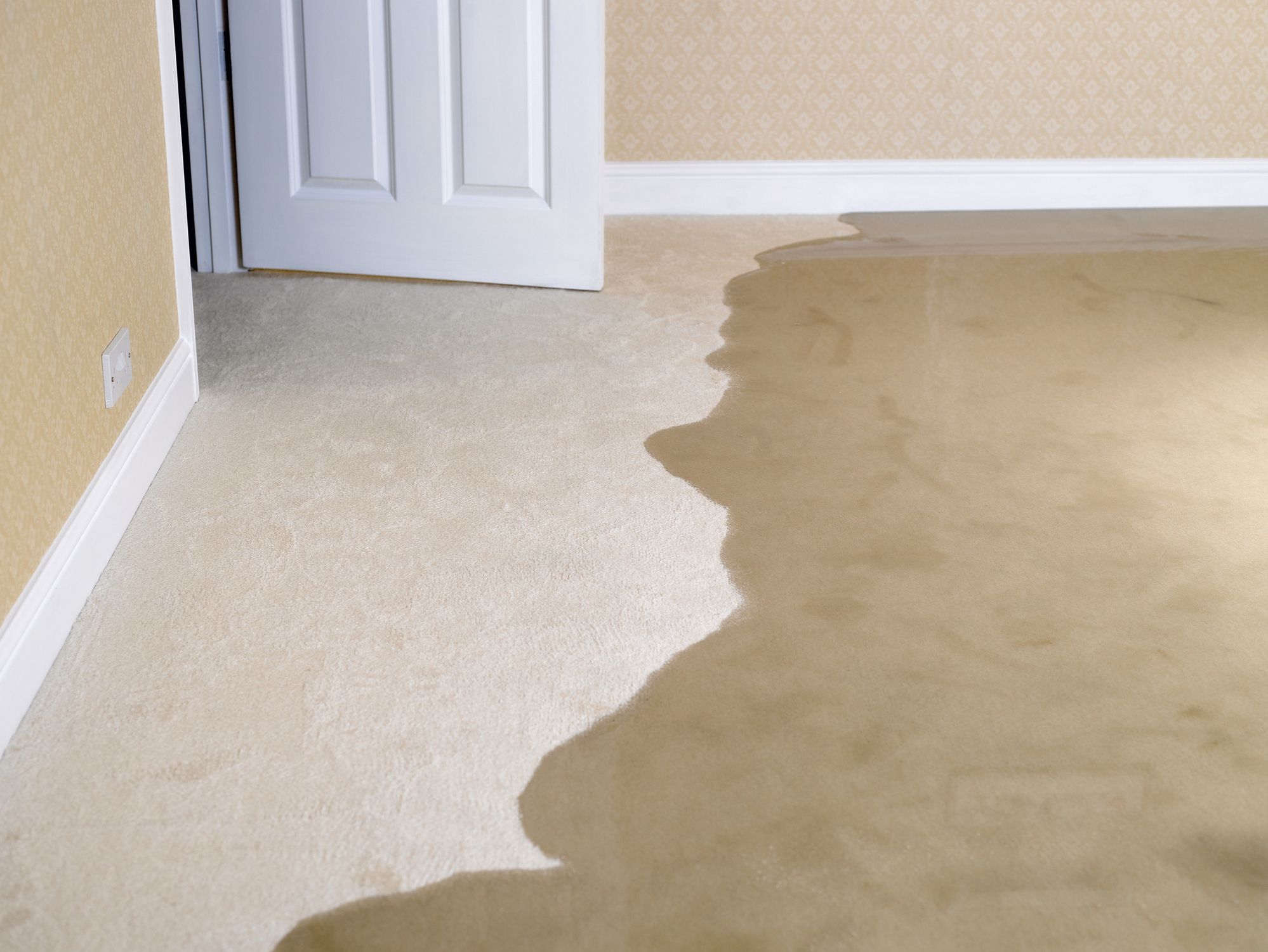
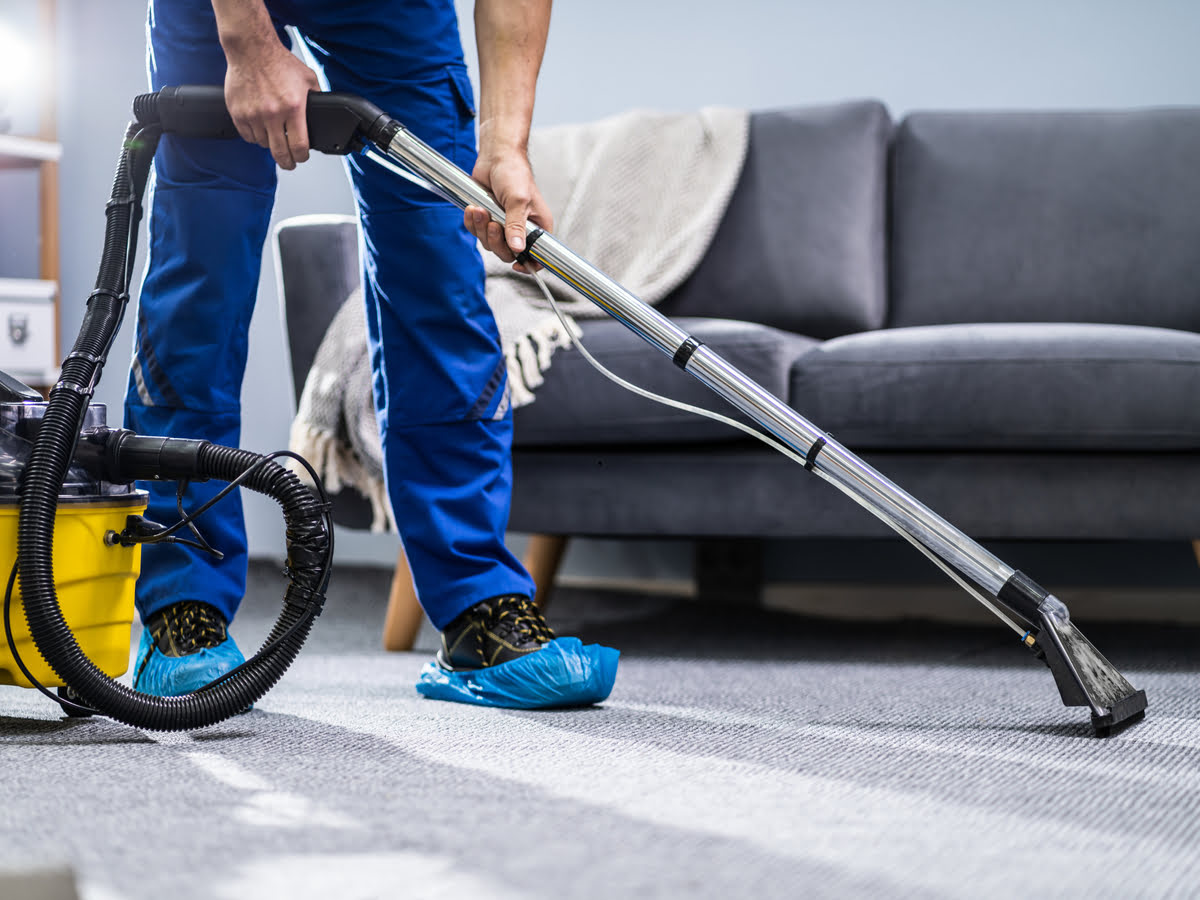
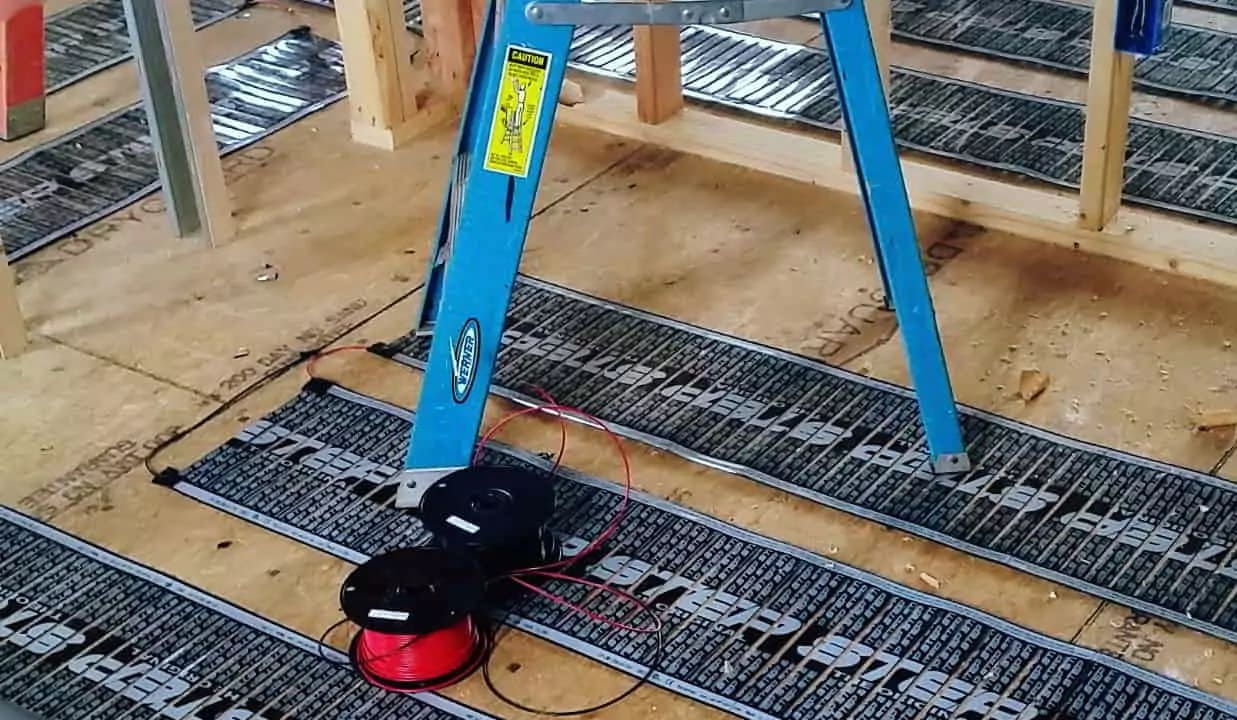

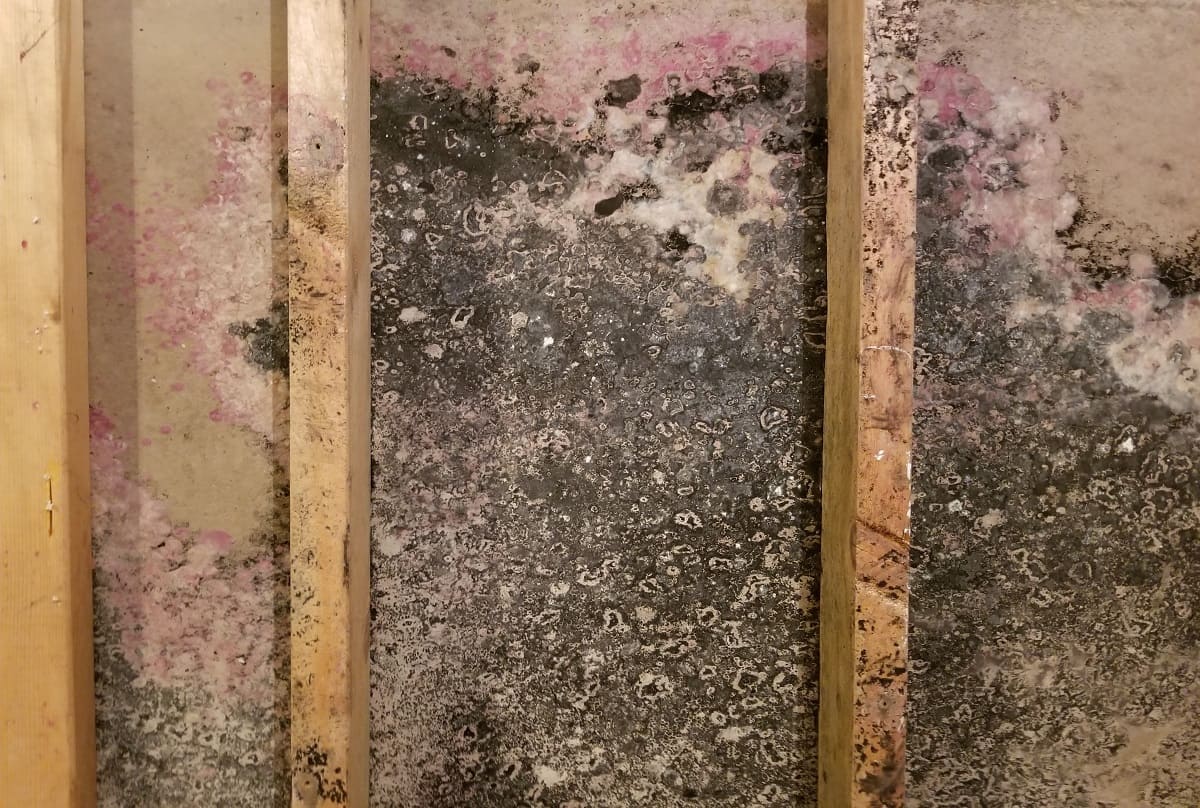
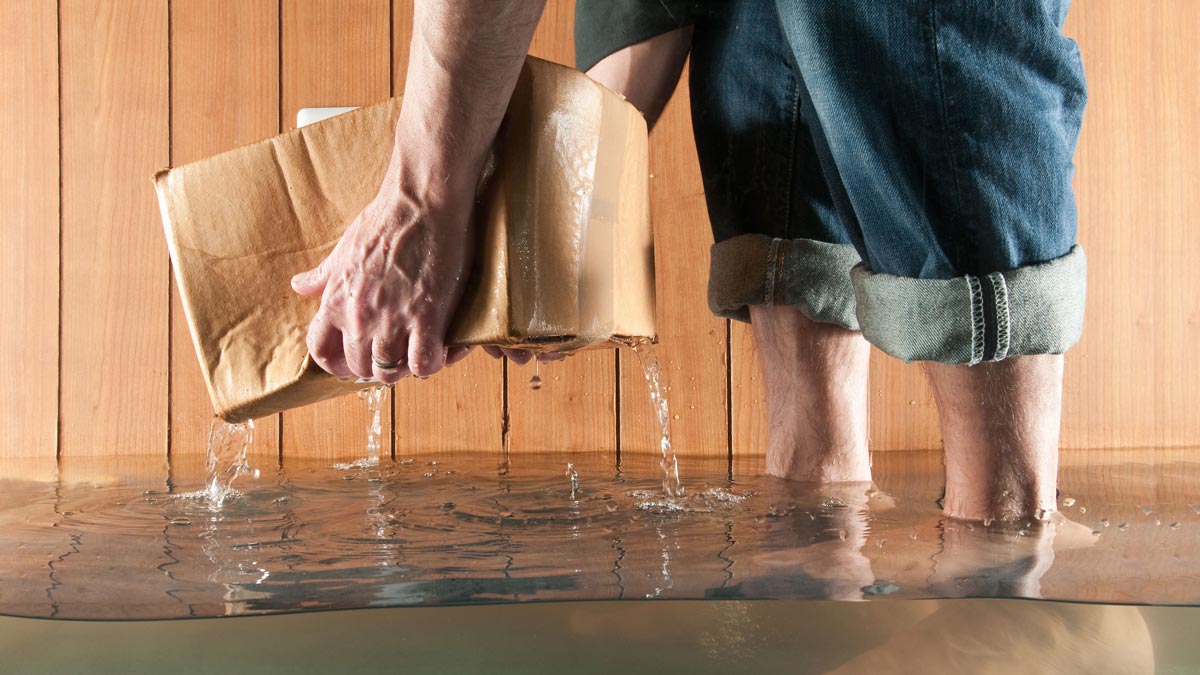
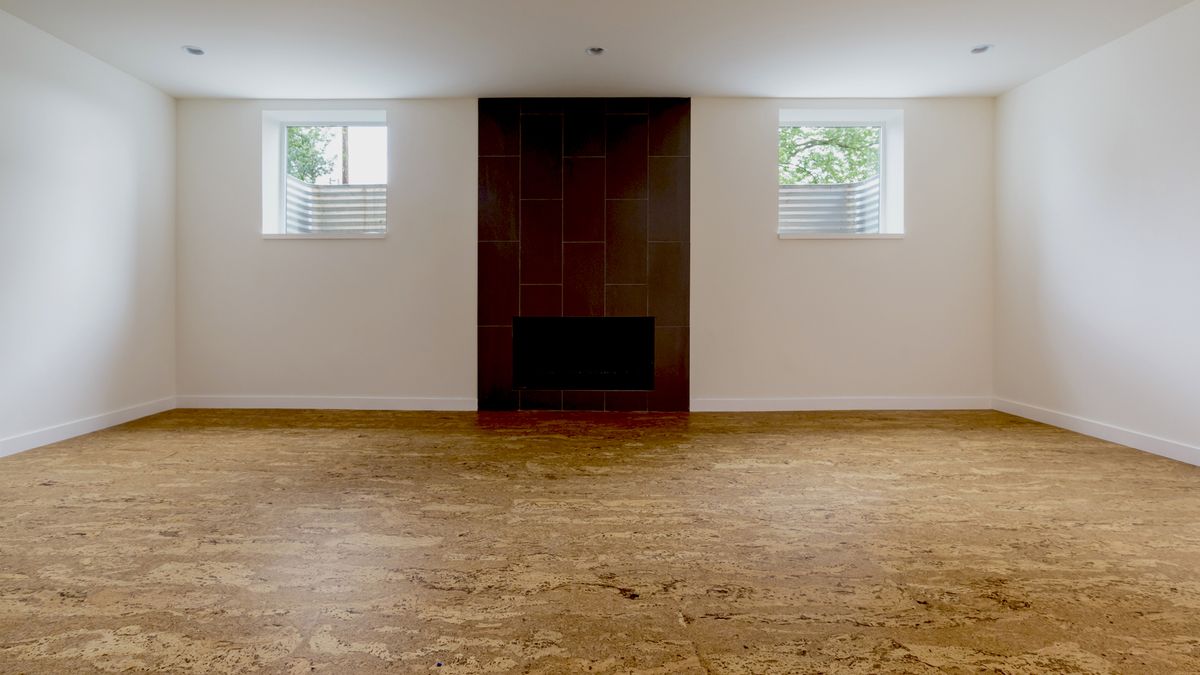
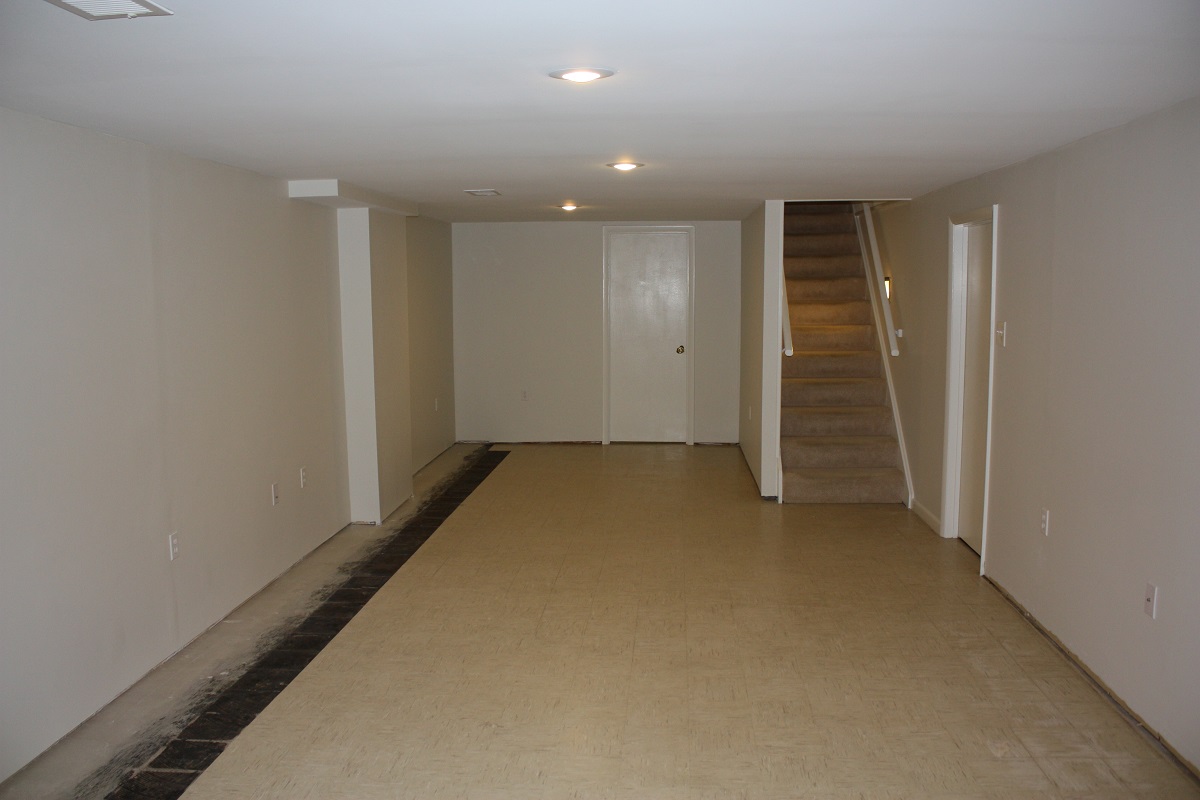
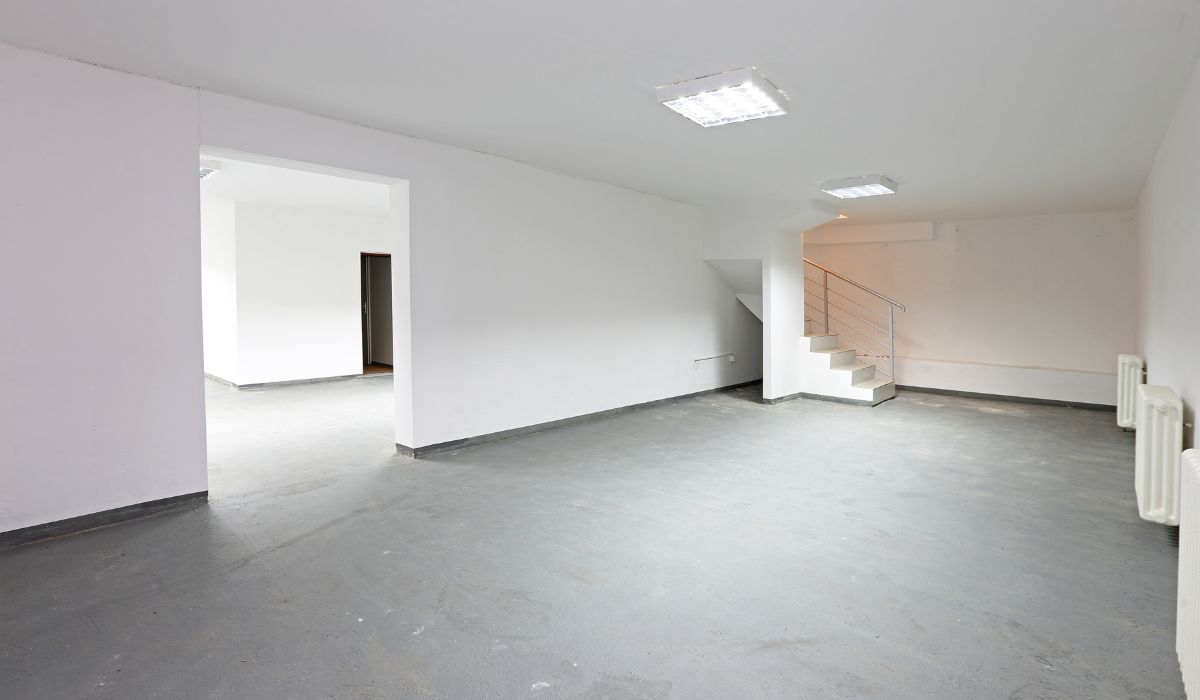
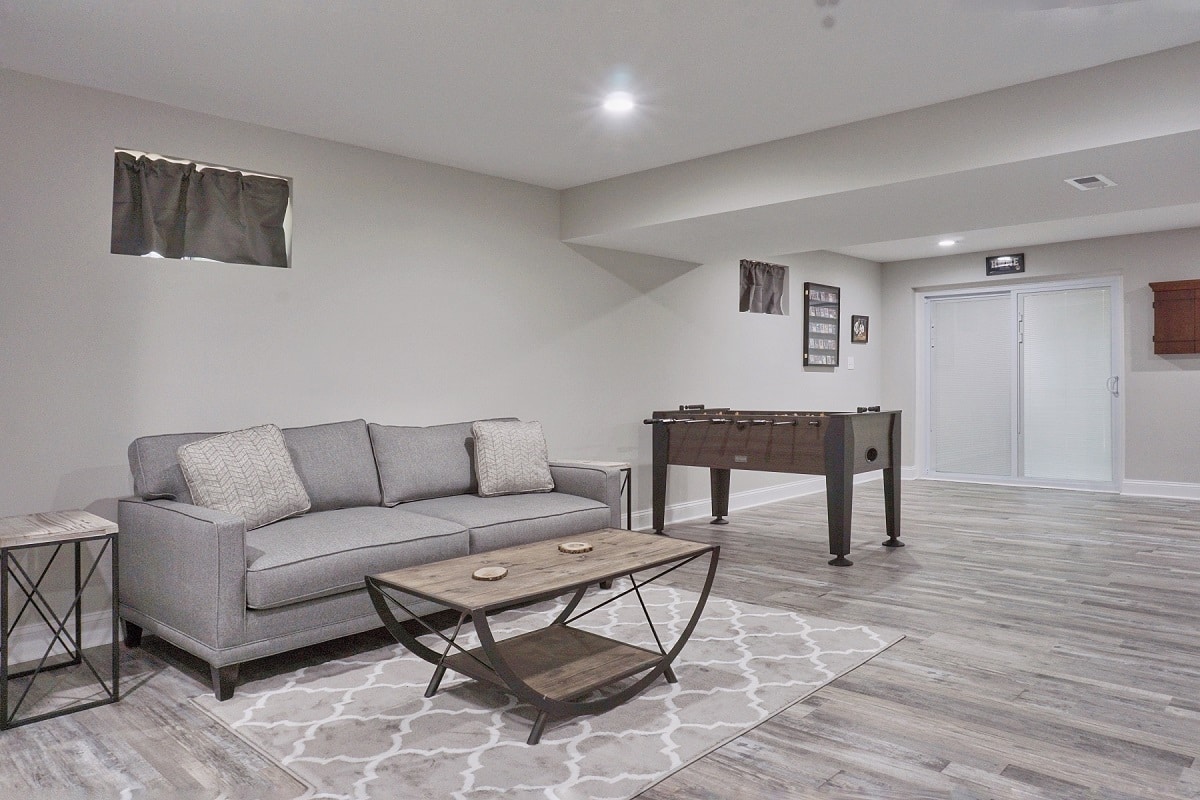
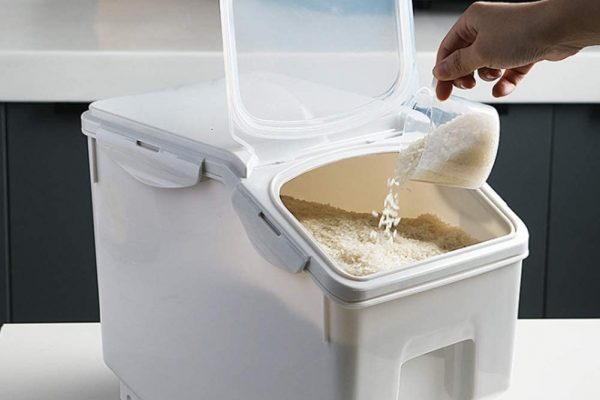
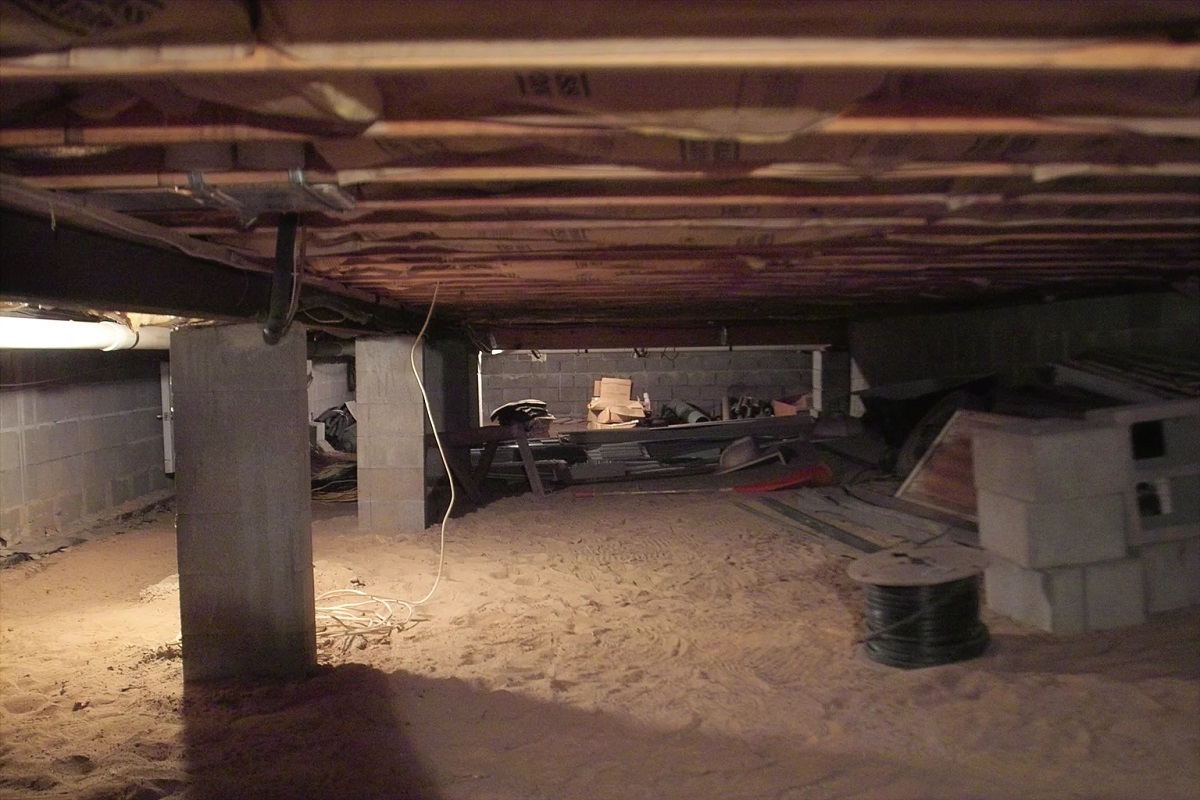

0 thoughts on “How To Keep Your Basement Dry”